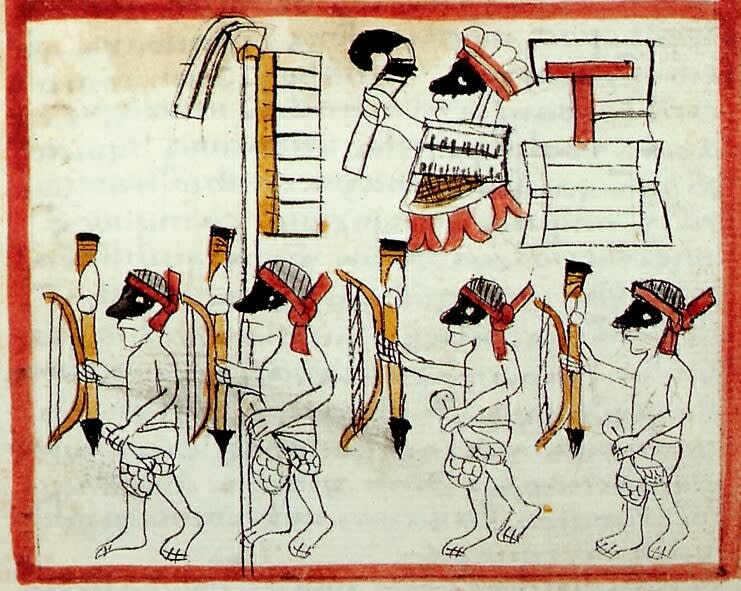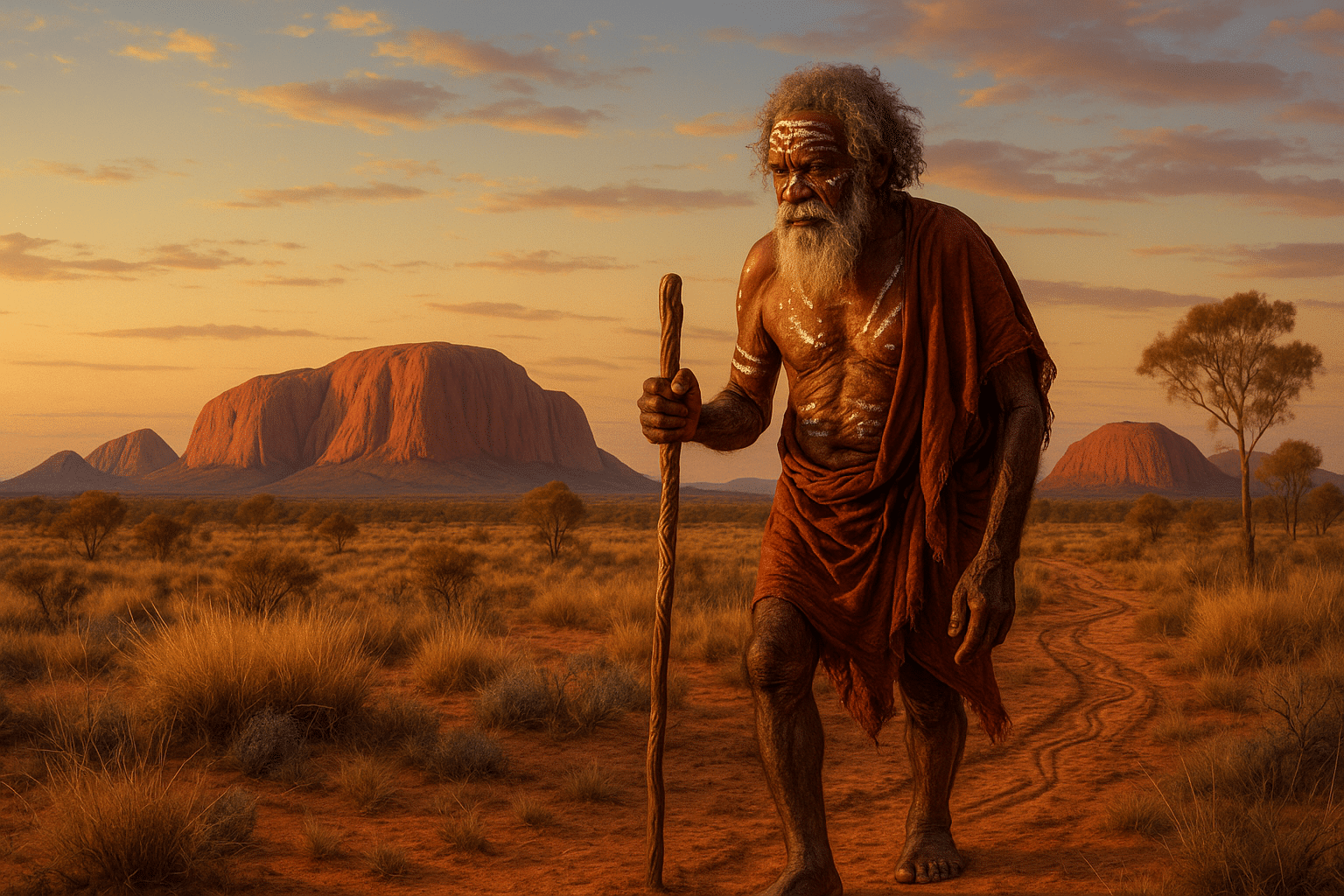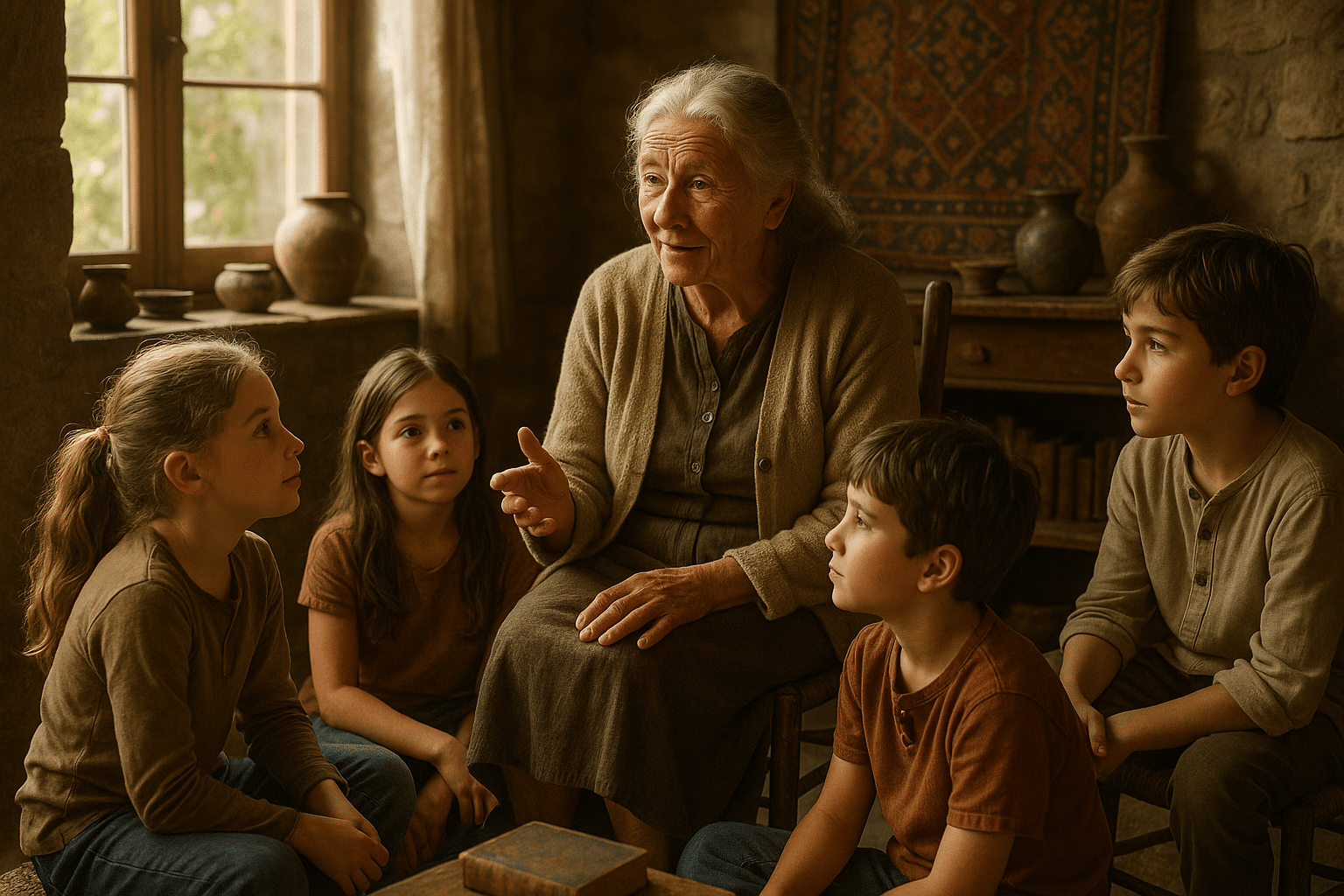The Aztec civilization, known for its architectural marvels and rich mythology, is also renowned for its vibrant and colorful festivals that marked the rhythm of the seasons. Each festival was not just a mere celebration, but a profound expression of their beliefs, agricultural cycles, and societal values. As we delve into these captivating traditions, you will discover how these ancient people celebrated life, death, and everything in between. 🌺
Imagine the bustling city of Tenochtitlan, the heart of the Aztec Empire, alive with the sounds of drums, chants, and laughter. The air is filled with the aromas of incense and traditional foods, as people gather in elaborate costumes, adorned with feathers and intricate jewelry, to honor their gods and goddesses. The Aztec seasonal festivals were more than just public holidays; they were pivotal moments that connected the people with their deities and the natural world around them.
In this comprehensive exploration, we will journey through the most significant Aztec festivals, each tied to a particular time of the year, and discover the deep meanings and customs behind them. We’ll look at the grand celebrations of the New Fire Ceremony, which marked the beginning of a new calendar cycle every 52 years, and the Feast of Tlacaxipehualiztli, dedicated to the god of agriculture and war, where rituals of renewal and sacrifice took center stage.
One of the most intriguing aspects of Aztec festivals is how they intertwined with the agricultural calendar. The Aztecs were keen observers of the seasons and celestial events, which influenced their farming and, consequently, their festivities. The festival of Xilonen, for instance, celebrated the young corn goddess, reflecting the community’s gratitude for a successful harvest and hopes for future abundance. Through these celebrations, they ensured the fertility of their lands and the prosperity of their people. 🌽
Moreover, these festivals were occasions for social cohesion and community participation. People from all walks of life came together to partake in the rituals, performances, and feasts. The festivals served as a reminder of the shared beliefs and cultural heritage that united the Aztecs, reinforcing a sense of identity and continuity across generations. The spectacle of vibrant dances, music, and theatrical performances added to the communal spirit, creating a tapestry of human connection and cultural expression.
As we peel back the layers of history, we’ll explore the role of the Aztec calendar, a complex system that guided these celebrations. This intricate calendar, divided into 18 months of 20 days each, with an additional five “unlucky” days, was a testament to their advanced understanding of time and the cosmos. Each month had its own festival, highlighting different aspects of Aztec life and spirituality.
The theme of sacrifice, often misunderstood in modern interpretations, was central to many of these festivals. For the Aztecs, sacrifice was a sacred act of reciprocity with the gods, ensuring balance and harmony in the universe. As we dive into these customs, we’ll gain insight into how such practices were integral to maintaining the cosmic order and societal well-being. It’s a compelling reminder of how deeply spirituality and everyday life were intertwined in Aztec culture.
In the chapters that follow, we will also reflect on how these traditions have endured through the centuries, influencing modern-day celebrations in Mexico and beyond. The legacy of the Aztecs can still be seen in contemporary festivals such as Día de los Muertos, which, although adapted through time, retains elements of the Aztec reverence for ancestors and the cyclical nature of life and death. 💀
Join us on this fascinating journey through the Aztec seasonal festivals. Whether you’re a history enthusiast, a cultural explorer, or simply curious about ancient civilizations, this exploration promises to enrich your understanding of a people who, through their vibrant traditions, celebrated the intricate dance of life in harmony with the natural world.

Conclusion
In conclusion, the exploration of the Aztec seasonal festivals offers a fascinating glimpse into the rich tapestry of traditions and cultural practices that once flourished in Mesoamerica. 🌟 These festivals, deeply rooted in the Aztec’s connection to nature and their deities, highlight not only their spiritual beliefs but also their societal values and communal bonds. From the vibrant celebrations of Xiuhmolpilli, marking the New Fire Ceremony, to the heartwarming familial gatherings during Miccailhuitontli, the Little Feast of the Dead, each festival paints a vivid picture of a civilization that honored the cycles of life and nature.
Understanding these traditions is not only a way to appreciate the historical significance of the Aztec civilization but also an opportunity to reflect on our own cultural practices today. By studying how the Aztecs celebrated their environment and community, we can draw parallels to our modern-day festivities and find new ways to foster community spirit and cultural appreciation. 🌍
The importance of preserving and learning from such rich historical traditions cannot be overstated. As we delve into the colorful world of the Aztecs, we are reminded of the universal human desire to connect with each other and with the world around us. Let’s continue to explore and honor these traditions, keeping the spirit of the Aztec festivals alive in our hearts and communities.
We encourage you to share your thoughts and insights about the Aztec festivals in the comments below. 💬 What parallels can you draw between these ancient celebrations and modern-day festivals? Feel free to share this article with friends and family who might be interested in the vibrant history of the Aztec people. Together, let’s celebrate the diversity and richness of human traditions! 🎉
For further reading on the fascinating history of the Aztec civilization and their festivals, you may want to explore resources like the Mexico Lore website, which offers detailed articles and insights into Mesoamerican cultures.
Remember to check the links to ensure they are still active and relevant to the topic. Feel free to adjust the content to better fit your article’s context and tone!
Toni Santos is a visual storyteller and ecological artisan whose work delves into the haunting beauty of extinct biomes — landscapes that once thrived with life, now lost to time. Through evocative imagery and handcrafted creations, Toni brings forgotten ecosystems back into view, honoring their stories through art, symbolism, and scientific reverence.
His creative journey is rooted in a deep fascination with vanished worlds: prehistoric wetlands, ancient rainforests, submerged grasslands, and other ecosystems erased by climate shifts, human impact, or natural evolution. Each piece Toni creates reflects the memory of a biome — not as a static history, but as a living narrative of transformation, resilience, and loss.
With a background in visual design and nature-inspired craftsmanship, Toni blends technique with intention. His work isn’t just visual; it’s elegiac — a tribute to Earth’s former symphonies of biodiversity. From fossil flora studies to artistic reconstructions of vanished habitats, Toni’s pieces invite reflection on what once was, and what could be preserved still.
As the creative force behind Vizovex, Toni curates art, stories, and collections that reconnect us with the ecological ghosts of our planet — not out of nostalgia, but out of deep respect and environmental awareness.
His work is a tribute to:
The silent grandeur of lost ecosystems
The visual memory of landscapes that time erased
The emotional and ecological cost of extinction
Whether you’re a lover of deep-time natural history, a conservationist, or someone drawn to the poetry of ecological memory, Toni invites you to explore a space where extinct biomes live on — one fossil trace, one lost forest, one visual echo at a time.





